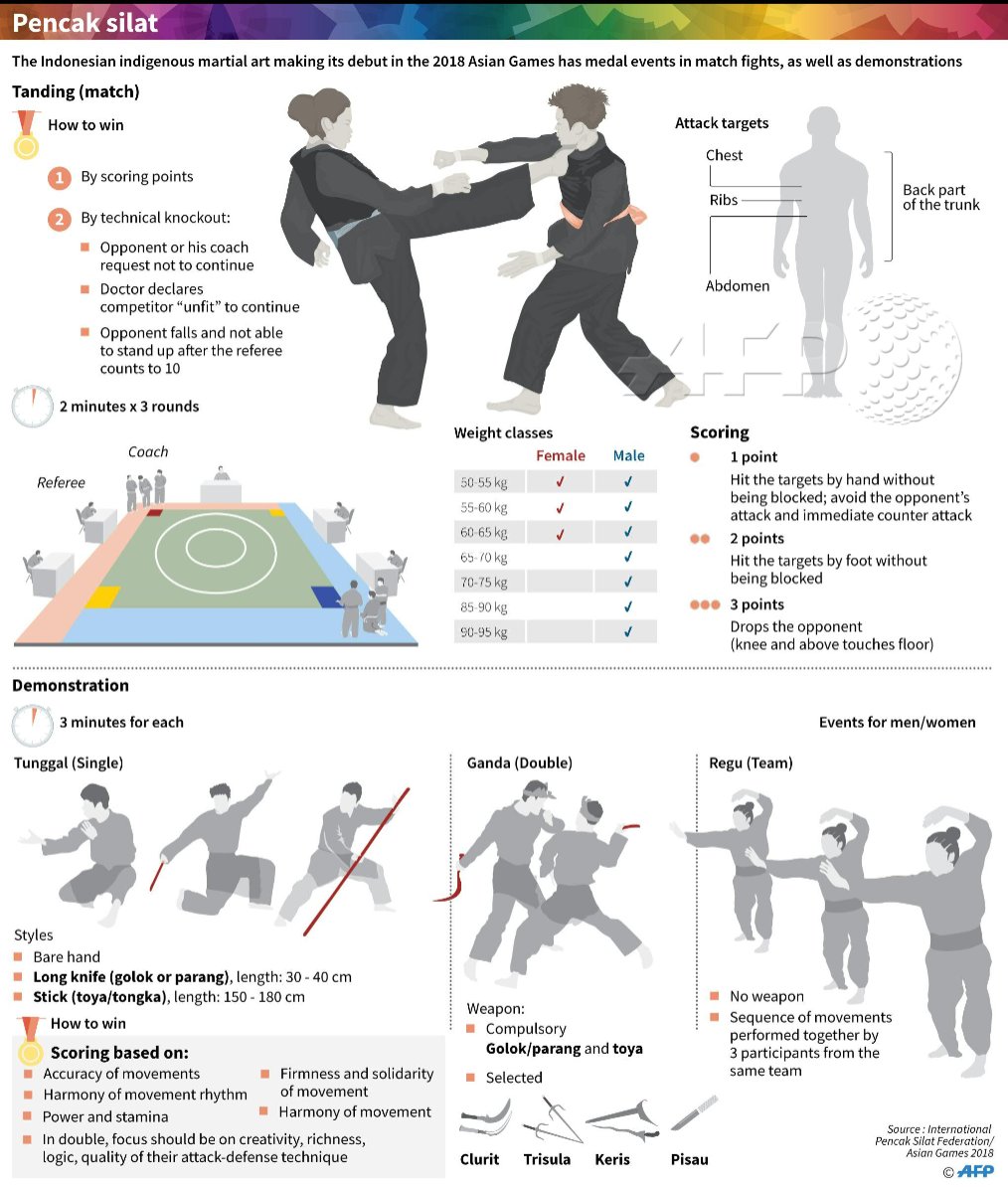The Development And Historical Context Of Martial Arts Worldwide
The Development And Historical Context Of Martial Arts Worldwide
Blog Article
Material Writer-Kaufman Ebsen
Martial arts have a fascinating history that spans centuries and continents. You may locate it interesting exactly how old techniques like Shuai Jiao and Kalaripayattu laid the groundwork for contemporary combat techniques. mouse click the next article yet likewise mirror the cultures that birthed them. As you explore their development, take into consideration exactly how globalization has transformed these traditional types into crossbreed styles. What impacts do you assume have formed today's martial arts landscape?
Ancient Martial arts: The Foundations of Combat
As you delve into the globe of ancient martial arts, you'll discover the abundant foundations that shaped combat techniques throughout societies. Early techniques concentrated on Self-Defense and survival, typically incorporating strikes, hurting, and weapons.
In ancient China, for example, techniques like Shuai Jiao emphasized tosses and joint locks, while India's Kalaripayattu showcased agility and liquid motion. Japanese samurai created Kenjutsu, a refined swordsmanship that highlighted self-control and strategy.
These martial arts served not just for fight however likewise as a way of individual development, instilling values like regard and determination. The mixing of these techniques with time prepared for the varied martial arts you see today, each mirroring the one-of-a-kind viewpoints and requirements of its society.
The Cultural Impact on Martial Arts Development
While martial arts frequently show the sensible requirements of a society, they also embody the cultural values and ideas of their origins. When you discover various martial arts, you'll see how they're affected by religion, ideology, and social standards.
For instance, the emphasis on regard and discipline in Japanese martial arts stems from Zen Buddhism and samurai society. In contrast, Brazilian Jiu-Jitsu advertises adaptability and method, formed by the need for performance in a diverse, multicultural setting.
You could discover that the rituals, uniforms, and training methods show a community's history and identification. By recognizing these cultural influences, you deepen your recognition of martial arts and their function in shaping human experiences around the world.
Modern Adaptations and the Globalization of Martial arts
Martial arts have transformed substantially in current years, adapting to contemporary society and global impacts. You'll observe that typical types have blended with modern-day strategies, creating hybrid styles like mixed martial arts. These adaptations deal with varied target markets, making martial arts available and enticing around the world.
With https://www.gmanetwork.com/entertainment/celebritylife/hobbies/16816/look-celebrities-who-trained-in-martial-arts/photo of social media and digital systems, you can locate tutorials and competitions from all edges of the globe, breaking geographical barriers. This globalization has actually caused a common admiration for different disciplines, from Brazilian Jiu-Jitsu to Taekwondo.
As you engage with these arts, you'll realize they're not just about combat; they promote fitness, self-control, and psychological well-being.
Ultimately, modern-day adaptations have enriched the martial arts landscape, making it a vibrant and evolving method.
Conclusion
In exploring the history and development of martial arts, you reveal an interesting mix of methods, societies, and approaches. From old disciplines like Shuai Jiao and Kalaripayattu to the modern versatility seen in MMA, martial arts show mankind's mission for Self-Defense and individual growth. As you involve with these techniques, you not just get skills however also a much deeper recognition for the varied practices that form our globe today. So, proceed your trip and welcome the art of fight!
